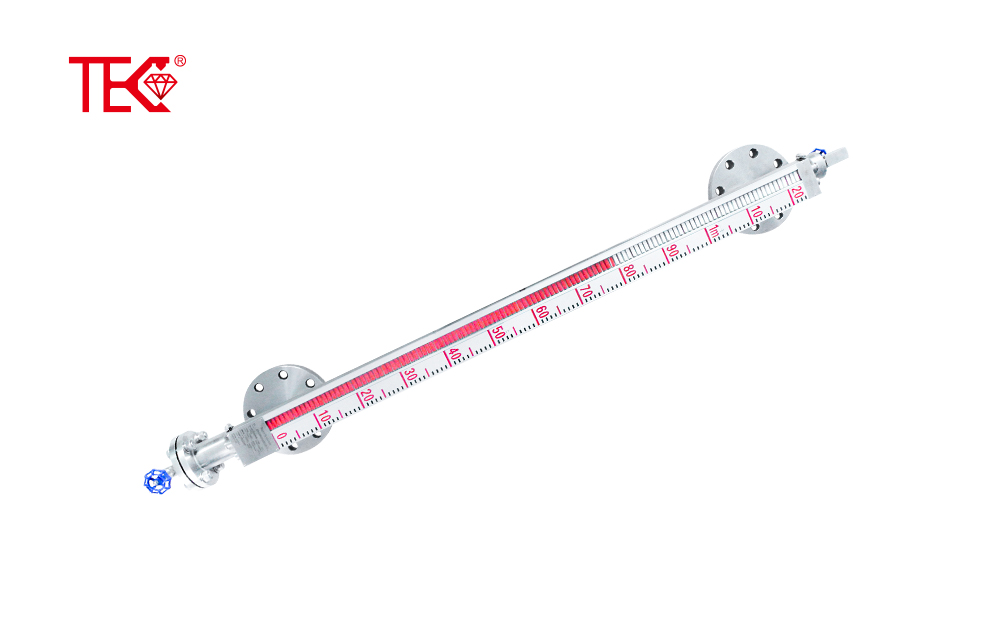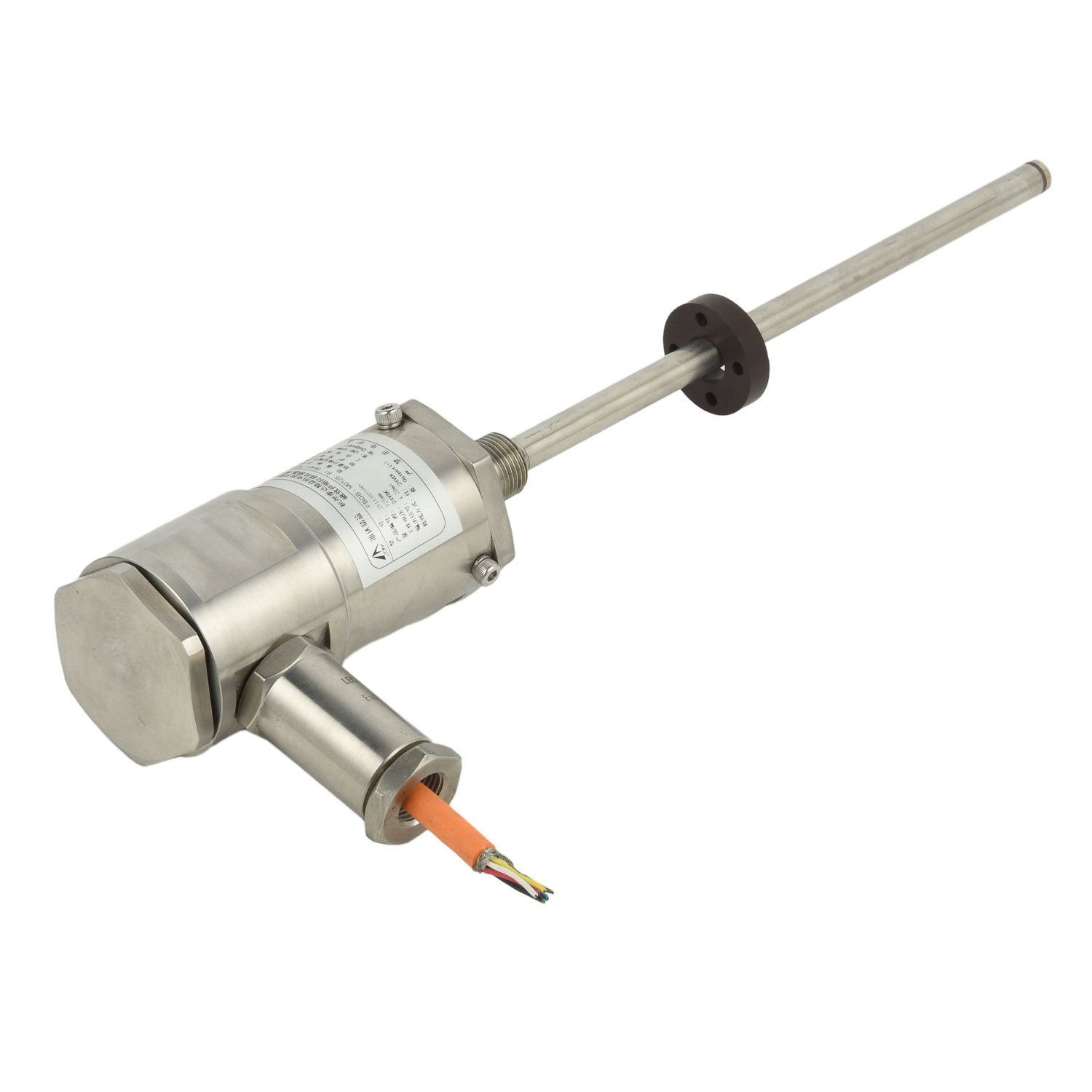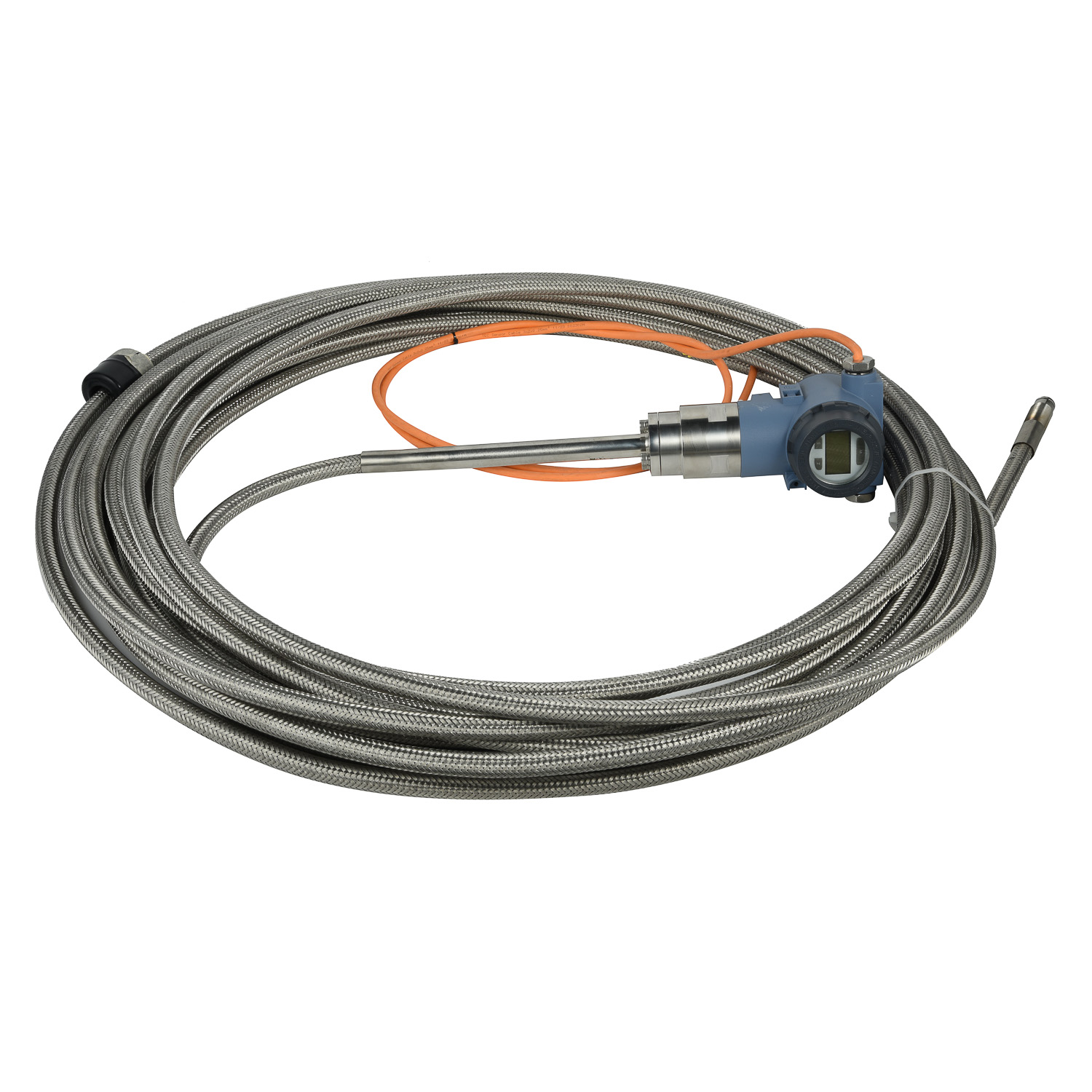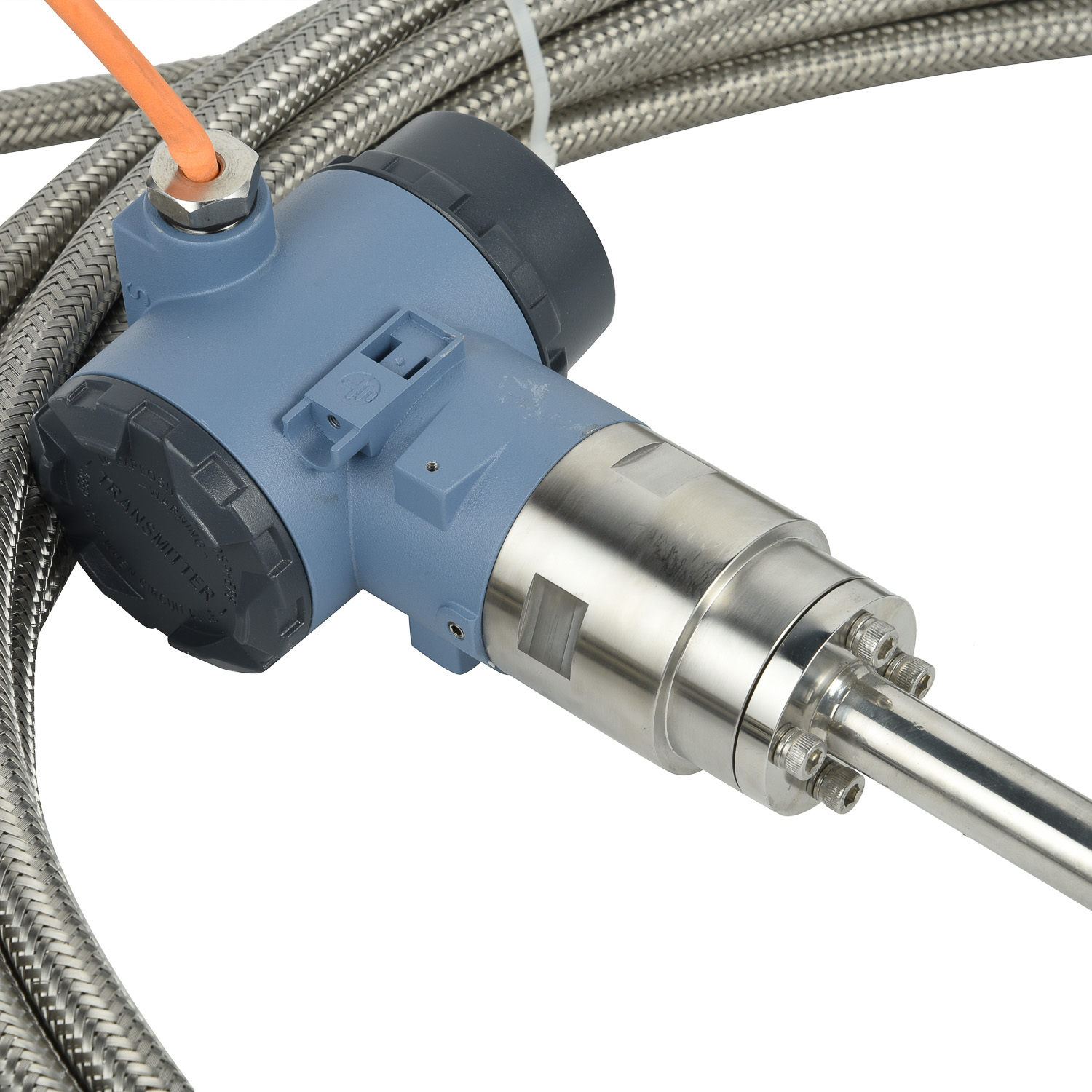How to implement freeze-proof level monitoring with magnetostrictive technology?
Understanding the Freeze-Proof Challenge in Industrial Level Monitoring
Many industries face significant challenges when monitoring liquid levels in sub-zero temperatures. Traditional level measurement systems often fail when ice formation occurs, leading to inaccurate readings and potential system failures. The consequences can be severe - from production downtime to safety hazards and financial losses. This is particularly critical in industries handling cryogenic liquids, water treatment facilities in cold climates, and outdoor chemical storage tanks. The fundamental issue lies in conventional technologies that rely on moving parts or pressure differentials, which become compromised when ice crystals form around sensing elements.
Why Magnetostrictive Technology Excels in Freezing Conditions
Magnetostrictive level sensors operate on a fundamentally different principle that makes them inherently resistant to freezing conditions. These sensors utilize a magnetostrictive waveguide and a floating magnet to determine liquid levels with exceptional precision. The technology works by generating a current pulse that travels along the waveguide, creating a torsional wave when it interacts with the permanent magnet in the float. This interaction allows for precise position detection without physical contact between components. Since the float moves freely and the sensing element is protected within the probe, ice formation has minimal impact on measurement accuracy. The non-contact measurement principle ensures reliable operation even when surface ice forms on the liquid.
Key Design Features for Freeze-Proof Performance
Several critical design elements make magnetostrictive sensors ideal for freeze-proof applications. The hermetically sealed probe construction prevents moisture ingress that could lead to internal ice damage. High-grade stainless steel materials withstand thermal contraction and expansion without compromising structural integrity. Specially engineered floats with smooth surfaces and optimized buoyancy prevent ice adhesion and ensure continuous movement. Thermal compensation algorithms automatically adjust for temperature variations, maintaining accuracy across extreme temperature ranges. Additionally, heated probe options are available for applications where complete ice prevention around the sensor is necessary for continuous operation.
Proper Installation Techniques for Cold Environments
Correct installation is crucial for achieving reliable freeze-proof performance. Position sensors away from tank walls and internal structures where ice tends to form first. Ensure adequate clearance around the entire probe length to prevent ice bridging between the sensor and tank structures. For outdoor installations, consider protective enclosures that shield the upper electronics from direct exposure to snow and ice while allowing proper ventilation. Implement sloping conduit entries to prevent water accumulation that could freeze and damage connection points. Always verify that the selected mounting location allows for complete probe immersion during normal operation, as exposed sections in extremely cold air can affect overall performance.
Maintenance Strategies for Long-Term Reliability
While magnetostrictive sensors require minimal maintenance, specific practices ensure optimal performance in freezing conditions. Regular visual inspections should check for ice accumulation on floats and probe surfaces. Establish a calibration schedule that accounts for seasonal temperature variations, particularly before winter months. Monitor for gradual accuracy drift that might indicate developing issues with the float movement or thermal compensation. Keep sensor enclosures clean and dry to prevent ice-related damage to electronic components. For extreme climates, consider implementing periodic functional tests using known reference points to verify measurement integrity throughout the winter season.
Applications and Industry Success Stories
Magnetostrictive freeze-proof level monitoring has proven exceptionally effective across numerous industries. In cryogenic storage facilities, these sensors maintain accurate LNG and liquid nitrogen level measurements at temperatures reaching -196°C. Municipal water treatment plants in northern regions rely on them for reliable reservoir monitoring during extended freezing periods. Chemical processing plants use magnetostrictive technology for outdoor solvent and reagent tanks where measurement reliability is safety-critical. The food processing industry benefits from their accuracy in syrup and liquid ingredient storage maintained at near-freezing temperatures. Each application demonstrates the technology's versatility and reliability in challenging environmental conditions.
Future Developments in Cold-Weather Level Monitoring
The evolution of freeze-proof level monitoring continues with several promising advancements. Integrated heating systems are becoming more efficient and responsive, providing targeted warmth only when needed to prevent ice formation. Wireless connectivity options enable remote monitoring and diagnostics without exposing personnel to harsh weather conditions. Advanced materials science is producing floats with ultra-smooth, ice-phobic surfaces that virtually eliminate adhesion issues. Machine learning algorithms are being developed to predict and compensate for seasonal performance variations, further enhancing measurement accuracy. These innovations will continue to expand the applications and reliability of magnetostrictive technology in even more extreme environments.

 UpgradingYourLevelMeasurementS
UpgradingYourLevelMeasurementS
 Why are magnetostrictive level
Why are magnetostrictive level
 ComparingMagnetostrictiveandRa
ComparingMagnetostrictiveandRa
 MagnetostrictiveLevelSensorfor
MagnetostrictiveLevelSensorfor
